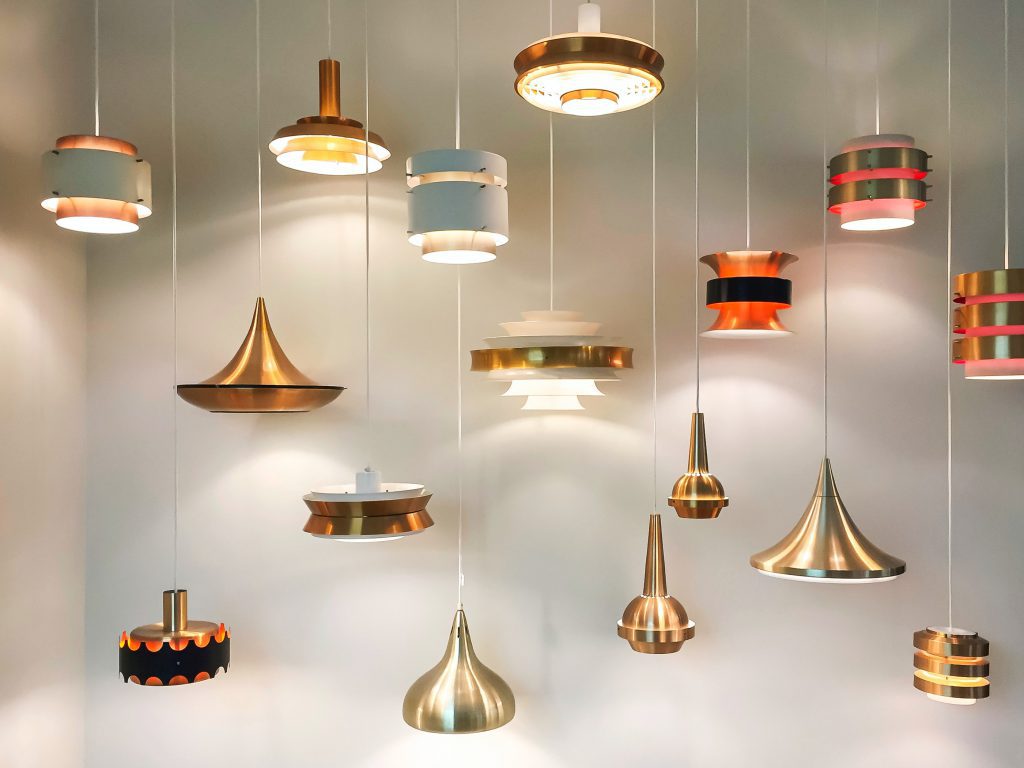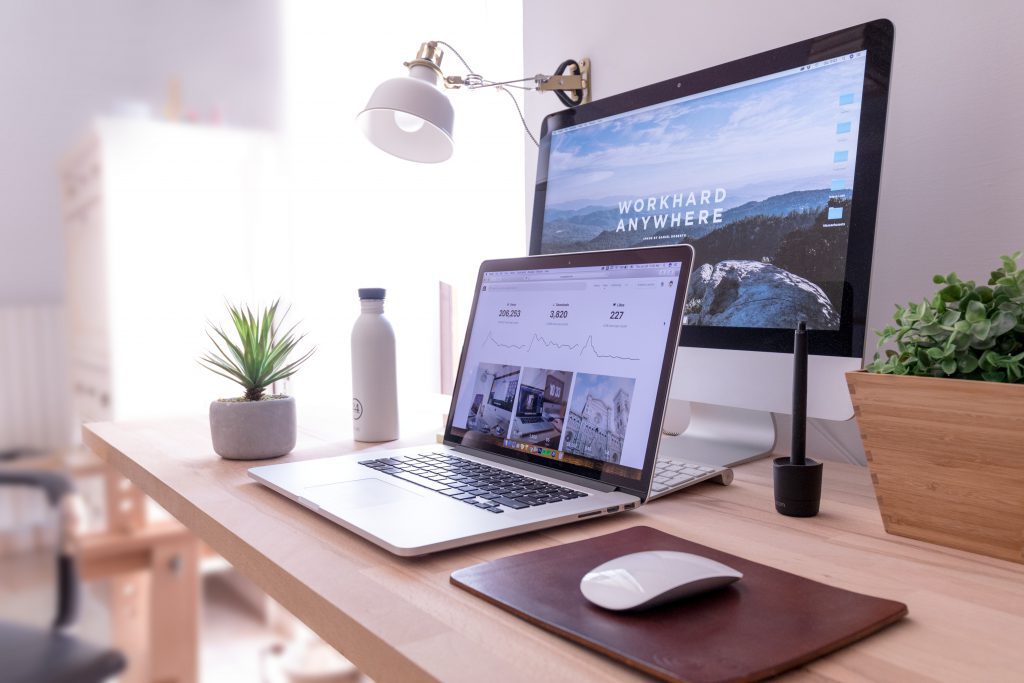Have your employee pulse surveys revealed a drop in productivity during the winter months? Are you noticing a shift in efficiency? This can be for numerous reasons, ranging from increased isolation caused by remote working to lack of proper team communication.
However, there is also another much-ignored culprit that could be the cause – light!
When it comes to productivity, we often focus on the usual suspects such as office processes, internal communication and coordination, or even professional development. However, there are a wide range of additional factors that affect work output. In fact, everything from ergonomics to atmosphere can directly impact the way we work. While this may not seem like much in the short term, it can impact an employee’s productivity in the long run.
The digital age means we all lead a considerably more sedentary life, and that in itself increases dullness. Having the right desk and chair set up can actually eliminate persistent distractions such as back pain. That’s not all, a work-environment is also affected by lighting. Lighting can do a lot to get you in the right mindset (or disrupt it), and it’s time to take that into account.

How important is lighting anyway?
Have you ever noticed a sudden increase in dullness during the winter months? And we aren’t talking about sunny California but about regions where there is a noticeable drop in sunlight during this season.
Seasonal Affective Disorder (SAD) is a kind of depression that is associated with reduced light owing to shorter days. So clearly lighting has an impact on us, but to what extent? As it turns out, just like the lack of light can make us dull, the right light can make us more alert, positive, and productive!
For the longest time it was the job of big businesses to determine which lighting would be the best for their spaces. Over the years, different kinds of light have been associated with increased alertness and activity. In fact, when high-intensity fluorescent and halogen lights were discovered to increase wakefulness, many offices installed them. Only eventually was it realized that they were also associated with an increase in migraines and headaches thereby continuing to disrupt productivity.
Au contraire, dim lights are associated with eye strain and dullness, leading offices to face another dilemma — which lighting is actually the most effective in improving productivity?
The Goldilocks Solution
The answer was actually quite obvious. Instead of focusing on bright light versus dim light, having workspaces that improve natural light directly impacts employees’ emotional and physical well-being.
In fact, direct exposure to sunlight can actually increase endorphins or ‘happy hormones’, improving work quality by enhancing a positive mindset. It also cuts back on eye-strain and headaches. This is especially great for people who predominantly work on screens (laptops, tablets, phones) as the brighter light negates screen-strain, making longer periods of productivity possible.
However, with remote work becoming increasingly common (and a practice that’s here to stay), businesses no longer have complete control of their employees’ work environments. That’s why it’s important to encourage your people to create home offices that are conducive to improving their work efficiency. Spread awareness and increase accessibility to information that enables them to cultivate inspiring spaces, send across the right accessories, and encourage employees to invest in the best additions.
If enough natural light isn’t an option, installing full-spectrum lights which stimulate daylight can be a great alternative. Additionally, increasing reflective surfaces such as mirrors also capitalize on the natural light already there and help create a brighter environment.

Final Words
Lighting is key to setting any mood, and when it comes to working, this is no different. Boost your team’s productivity, efficiency, and attitude by encouraging a work environment that works. Check in with employees to discover their most productive time, whether they have well-lit workspaces or not, and host interactive sessions emphasizing the importance of lighting.
With remote working becoming the norm, you can also compensate employees up to a certain extent as they set up their home office or offer a standardized set-up that includes lighting. Yes, this probably depends on where you’re located, too — after all, you might have a much brighter outlook if your office is on the equator!














